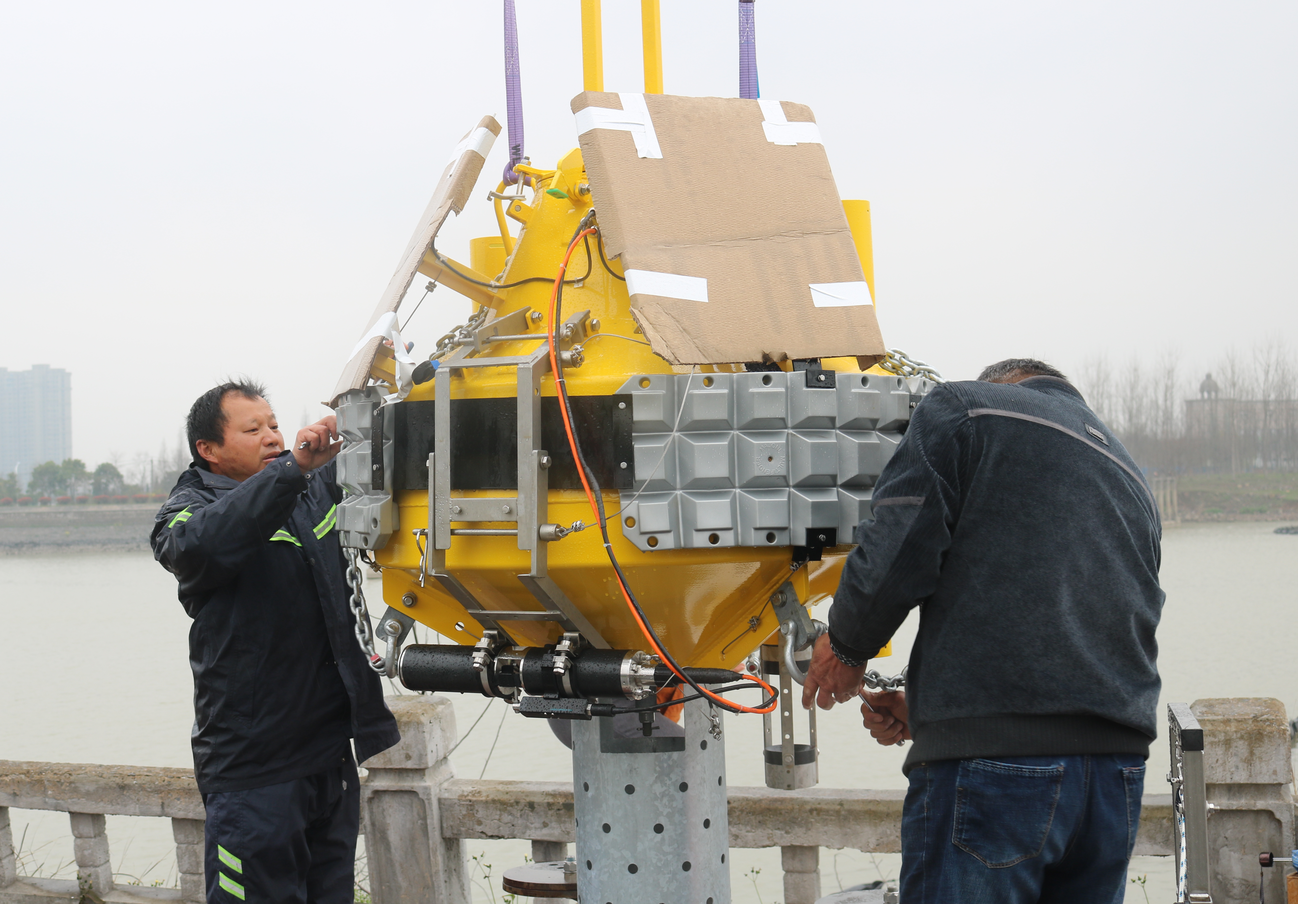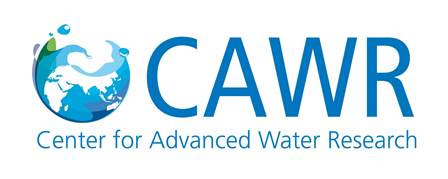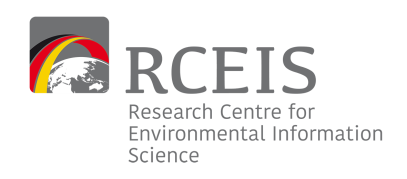UC biomonitor successfully installed in Wuhan

After the successful installation of the IQSensorNet-Sonden, Dr. WANG Haijun, PhD LIU Miao as well as Master Student XU Chao installed Daphnientoximeter at the field station.
During his travel to UC partner CAS-IHB in Wuhan, Dr. Rybicki successfully launched the UC biomonitoring demonstration project – another big step of TP C.  06.07.2017, Dr. Marcus Rybicki with Master and PhD Studenten after the R-Workshop „Daye Bao'an Lake Wetland Parks“.The innovative Daphnientoximeter manufactured by bbe moldaenke is equipped with special sensors (IQSensorNet) from CAS-IHB for better monitoring of nitrate and ammonia. After lab testing the biomonitor was installed at the lake Bao’an in Wuhan. The configured device is already integrated via data transfer AMC into the general data base WISUTEC and therefore online available to the Chinese project partners. Dr. Rybicki was also asked for a short R statistics course – part of the UC training concept (http://sino-german-major-water.net/de/urban-catchments-35/)
06.07.2017, Dr. Marcus Rybicki with Master and PhD Studenten after the R-Workshop „Daye Bao'an Lake Wetland Parks“.The innovative Daphnientoximeter manufactured by bbe moldaenke is equipped with special sensors (IQSensorNet) from CAS-IHB for better monitoring of nitrate and ammonia. After lab testing the biomonitor was installed at the lake Bao’an in Wuhan. The configured device is already integrated via data transfer AMC into the general data base WISUTEC and therefore online available to the Chinese project partners. Dr. Rybicki was also asked for a short R statistics course – part of the UC training concept (http://sino-german-major-water.net/de/urban-catchments-35/)
Buoy from Magdeburg deployed on Chao Lake
In March, researchers and technicians from UFZ and NIGLAS jointly deployed a measurement buoy from Germany on Chao Lake, China

(Foto: M. Frassl)

(Foto: M. Frassl)
In the beginning of March, the measurement buoy, which was jointly developed by the engineering company Plischke and the UFZ, arrived safely in Nanjing (see articles below). On 10th of March, Burkhard Kuehn and Dr. Marieke Frassl from the Department of Lake Research, UFZ set out to China, too. They met with colleagues from the partner institute NIGLAS to jointly deploy the buoy on Chao Lake. During the first week, the measurement system was set up and tested in the entrance hall where it piqued the curiosity of many researchers from NIGLAS.
After it was ensured that no equipment was damaged during the transport, Mr. Kuehn and Ms Frassl assembled the measurement buoy and explained how to set up the whole system to their colleagues from NIGLAS: Dr. Jinge Zhu, Mr. Zeng Ye and Mr. Yun. During this hands-on experience all language barriers where overcome and from the hardware side, the buoy quickly was ready to go. Within a few days, the German partners Dr. Frank Neubert and Ziran Tao from AMC and their Chinese colleague Liu Yixiang from HC Systems managed to set up a ftp server, which will be used for the on-line data transmission. On Saturday, 18th, the whole measurement system was tested and running. The buoy was packed again and in the beginning of the second week was transported to Chao Lake.
Despite the bad weather conditions, the measurement buoy was successfully deployed within 1 ½ day. All sensors are measuring, the whole data set is transmitted to the ftp server twice a day and can be checked on-line by the colleagues from NIGLAS.  (Foto: M. Frassl)Of particular interest are the data measured by the newly developed fluoroprobe from bbe Moldaenke. They will give more insight into the development of blue-green algal blooms in Chao Lake.
(Foto: M. Frassl)Of particular interest are the data measured by the newly developed fluoroprobe from bbe Moldaenke. They will give more insight into the development of blue-green algal blooms in Chao Lake.
During the next few weeks, a data base will be set-up by the German partners Dr. Matthias Haase and Markus Hillmann from Wisutec, allowing for an easier analysis and quality control of the buoy data.
All in all, the two weeks of testing and deployment were a great success that strengthened the cooperation between UFZ and NIGLAS.
Magdeburger Boje reist nach China
The Magdeburg newspaper "Volksstimme" and the Leipzig newspaper "Leipziger Volkszeitung" reported on 14.02 and 16.02.2017 about the transport of a research buoy from the UFZ Magdeburg to the Chao Lake, China. The buoy allows the researchers to better observe the algae concentration in the Chao lake and thus contributes to the aim of improving water quality in the Lake. As UFZ project manager for this area of the Urban Catchments project, Dr. Karsten Rinke from the Department of Lakes Research was interviewed.





